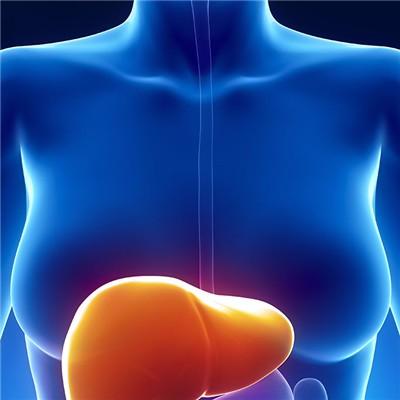What is dental osteomyelitis
summary
Teeth are our face. We all show our teeth when we smile. If there is dental osteomyelitis, we will have a bad diet and don't want to laugh. Let's share some knowledge about osteomyelitis.
What is dental osteomyelitis
First of all, oral osteomyelitis is a diffuse inflammation of bone marrow, cancellous, cortical and periosteum, and often coexists with the surrounding soft tissue tip. The jaw bone will not only get osteomyelitis, but also because of the anatomical characteristics, the types of osteomyelitis are more, accounting for a larger proportion of systemic osteomyelitis, about 17-34%. Although the maxillofacial blood supply is rich, but there are many bacteria in the mouth, teeth and other infection opportunities are also more, jaw affected by these factors, it is easy to lead to osteomyelitis.

Then all kinds of pathogenic bacteria can invade bone tissue through odontogenic infection, contact infection of jaw open trauma, infection of lymph glands and lymphatic vessels, and blood borne infection, causing acute attack, manifested as local redness, swelling, heat, pain, loosening of multiple teeth and percussion tenderness, or even gingival pocket purulence, and severe systemic poisoning symptoms, fever, leukocytosis, nuclear right shift, etc After two weeks of acute phase, it can turn into chronic phase, or the disease is a chronic process at the beginning, without obvious systemic symptoms, local swelling and hardening, or fistulae overflow pus, dead bone formation, or periosteal thickening.

Finally, timely treatment of periodontitis, periapical periodontitis and other odontogenic infections is of positive significance to prevent the occurrence of osteomyelitis of jaws. If osteomyelitis has been formed, it should be treated thoroughly in the acute stage to avoid becoming chronic. This means that gradually it will get better, which has shown that the body is in a controllable range. The systemic treatment of acute osteomyelitis of jaw is the same as that of perimandibular cellulitis, mainly for enhancing body resistance and controlling infection with drugs (metronidazole and spiramycin). The focus of local treatment is timely incision and drainage, extraction of the source teeth.

matters needing attention
People with bad mouth must brush their teeth on time in life, and eat some acid food. The correct way to brush is: stick the toothbrush hair vertically on the teeth, the tip of the toothbrush hair points to the gum, and then rotate the wrist joint, and brush up and down along the gap between the teeth. Toothbrush should choose soft bristles and small toothbrush head.













